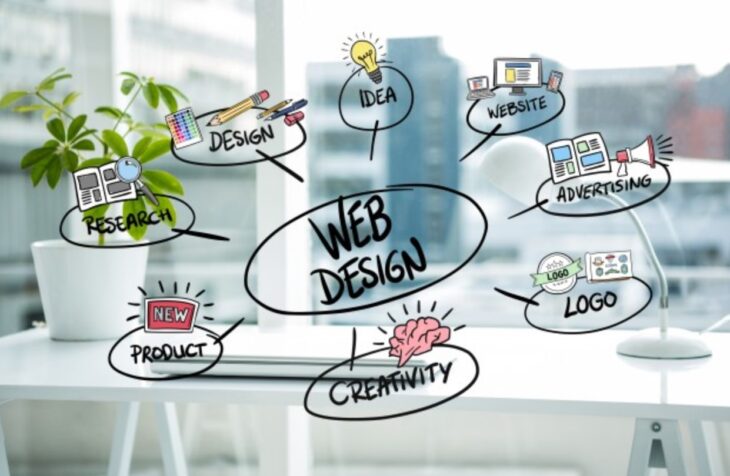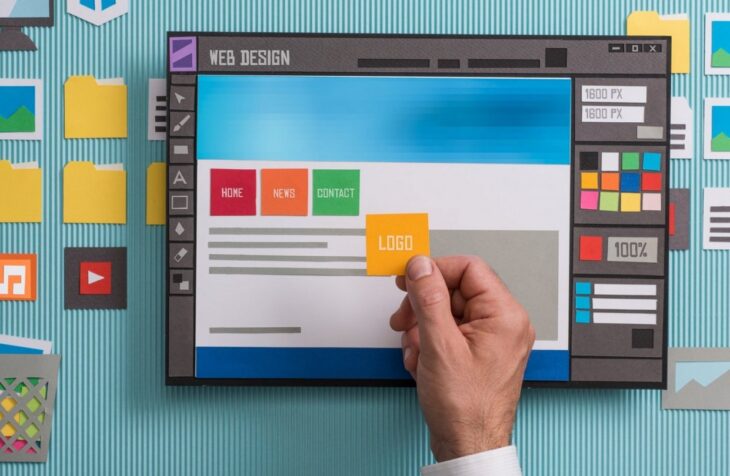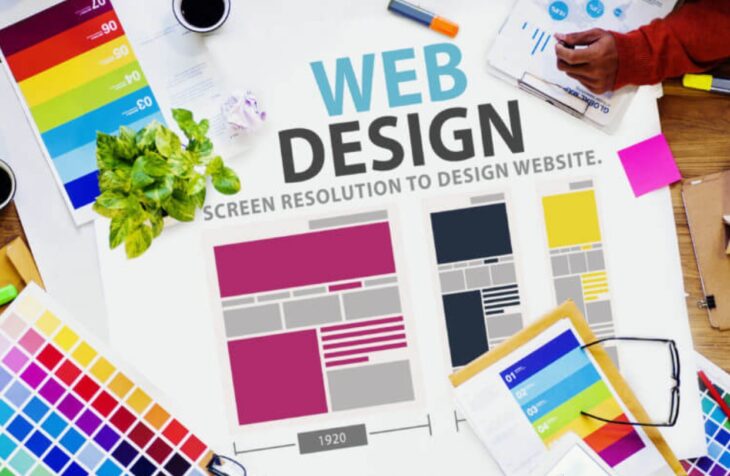In this era of the digital revolution, the importance of owning a website can’t be overemphasized. Large corporations, small and medium-sized businesses, need websites to identify with. The reason being, websites are digital marketing mediums that bring customers close to the company. Also, with advanced technology and internet use, consumer behaviours are continually shifting. As such, having an online presence is turning out to be less of a choice if you want to boost profitability.
However, having a website does not tell the whole story. There is more to it than what meets the eye, which is web design dynamics that influence user experience. Your web design is a critical factor determining whether or not the site visitors convert to your brand. Designing a website entails many factors, but the vital ones are visual presentation, security and user experience.
That said, I have compiled a list containing 32 of the best website designs to inspire you in 2024. Besides, you may have perhaps resolved to redesign your website at the turn of the year. You have swiped to the right page. Moreover, some of the web designs you will come across herein are award-winners and nominees. Take a comment and check this out.
You can also see a fantastic infographic on 32 of the best website designs to inspire you in 2024 created by Utopia Website Design Agency.

Source: ULGE DESIGN
Contents
Table of contents
Factors to consider in web design development
- What is your target audience?
- The layout of your website.
- Convenience.
- The cost involved.
- The need for animations and graphics.
- Type of content.
The bottom line
The process of designing a website can be undeniably challenging. From the cost and user interface to credibility and accessibility, the task’s meticulous nature can be demanding. Whereas the web designer’s creative contribution is vital, you can use resources to furnish your website. Before diving into the different web designs, let’s check out essential elements in web design development.

Source: KronDesign
What is your target audience?
First and foremost, a website should be designed to define its audience. Once you have an idea of your target audience, creating a website that suits your audience’s taste and preferences should be easy. Overall, your website’s functionality, look, and feel should reflect your target audience’s liking.
For instance, if you design a website meant for an elderly audience, then ensure aspects such as white space, navigation and readability are your priority. Conversely, if the design is intended for the young and tech-savvy generation, the priorities would be different. Nonetheless, the user interface of any website should match its target audience irrespective of age or gender.
The layout of your website
Website layout refers to the overall map of the site. That is vital as well, and you must put effort into creating a user-efficient layout that enhances usability. The aspects of planning on a web design layout include:
- Position of your menu bars.
- Placement of widgets.
- Image locations.
- Position of your call to action buttons.
- Content placement.
The placement of all those aspects on your web layout matters most because they should enhance attraction and a good user experience. If you have zero experience in web designing, this article is for you because we have pre-designed web templates. But overall, every aspect listed above should be in its place and not appear as misplaced.

Source: Blue Butterfly Marketing
Convenience
Websites are perfect consumer interfaces. The aim should be to make the web design as convenient as possible to the user. Remember that convenience is a critical factor that influences customer preference for brands. Additionally, in our lives today. Consumers are increasingly reluctant to walk into physical stores to make purchases. That’s due in part to the busy schedules and the availability of products and services from online vendors. As such, people’s confidence in e-commerce has grown, which makes excellent website designs a necessity.
The cost involved
The design cost isn’t as much, but it could vary depending on your target audience and market reach. But with a proper marketing strategy, you can invest as much money as you can to design and maintain a website. But remember that too little investment in developing a website could potentially lead to unsatisfactory results. Think of it this way; too little is insufficient, and too much is unnecessary.

Source: IPC Digital
The need for animations and graphics
Depending on the purpose of your website, you might need to make use of graphics and animations. They are vital for enhancing the appearance and appeal of your website. They comprise the pictorial part of your website. Their primary function is to blend animated aspects with popular elements such as colours, fonts and white spaces. Overall, this web design tool is essential in creating engaging visuals that are key to capturing user attention. That is important as it increases the average time a client is likely to spend on your website.
Type of content
Every website has to be beefed up with content, which is one of the main factors to consider in web design development. Content determines the type of pre-designed PSD web template to go with. For example, the layout of a tourism-related website is different from an educational content website.
Regardless, content must be of high quality, original and SEO optimized. That is arguably the most crucial thing because the content is what keeps visitors coming to your website. Whereas there has been a shift in the content presentation because of technology, do not dwell on one aspect. The use of audio and video is more pronounced in the digital age, but the imagery and written content are still applicable, especially for professional web designs. That said, your content must be concise, well managed and easily navigable on your website.

Source: Sphereview
The bottom line
The process of designing a website, as stated above, entails many elements. The first step in designing a website for aspiring website owners is identifying what you and your target audience require. That entails asking yourself questions like; what is the purpose of your website? What do you intend to achieve by creating a website? And what functions will the website accomplish? Once that is sorted out, you will have clarity on what web designs to choose among the aforementioned 32.
